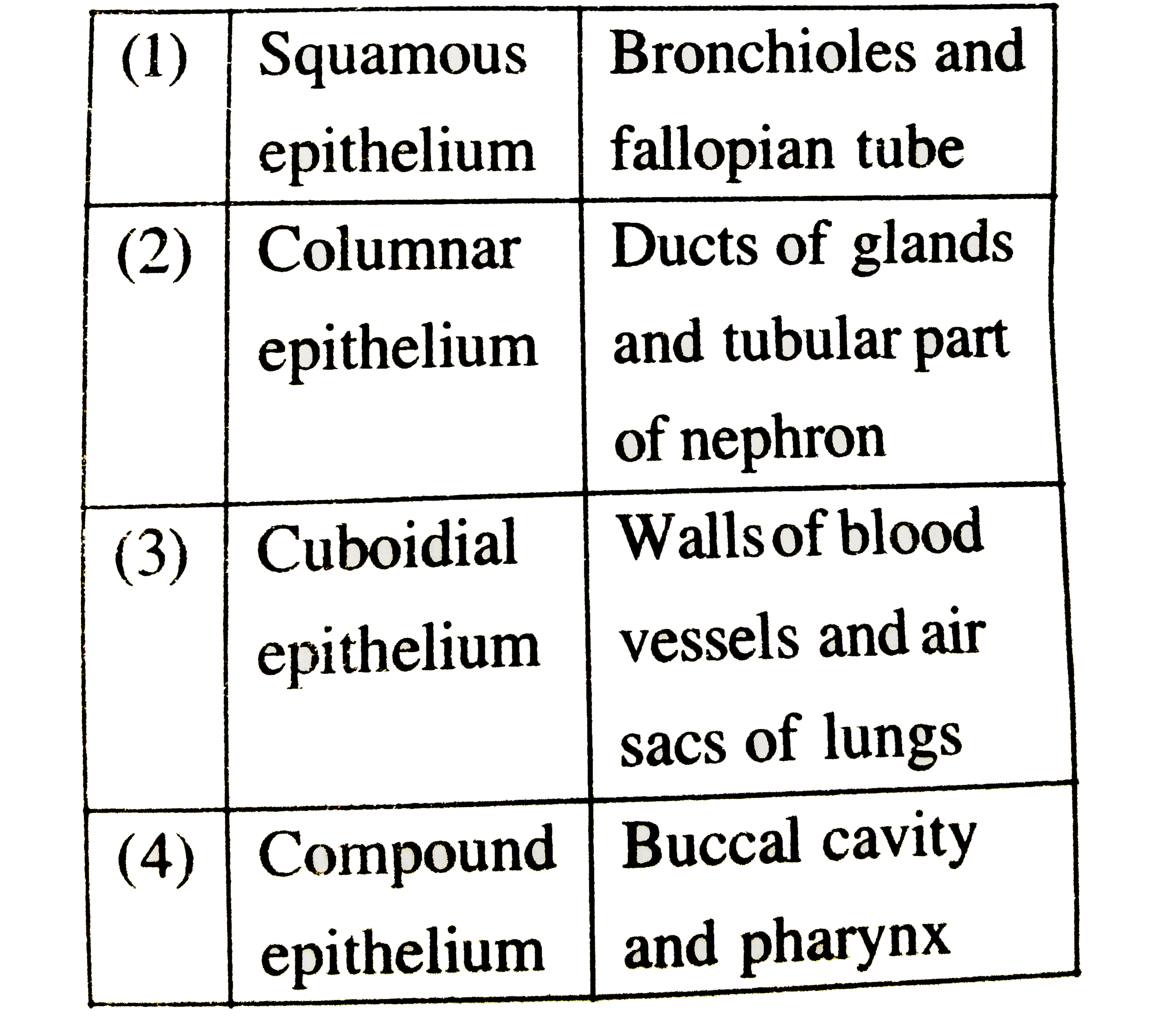Which of the following is correct about the transport of carbon dioxide from the tissue to lung alveoli ?
Carbomino - Hb formAs Dissolved plasmaAs Bicarbonate20−25%70%5−7%
Carbomino - Hb formAs Dissolved plasmaAs Bicarbonate70%5−7%20−25%
Carbomino - Hb formAs Dissolved plasmaAs Bicarbonate5−7%20−25%70%
Carbomino - Hb formAs Dissolved plasmaAs Bicarbonate20−25%5−7%70%
The correct Answer is:D
To determine the correct statement about the transport of carbon dioxide (CO2) from tissues to lung alveoli, we need to understand the different methods by which CO2 is transported in the blood. Here’s a step-by-step breakdown of the transport mechanisms:
Step 1: Identify the Methods of CO2 Transport
Carbon dioxide is transported in the blood through three primary mechanisms:
1. Carbaminohemoglobin Formation: CO2 binds to hemoglobin in red blood cells (RBCs) to form carbaminohemoglobin. This accounts for about 20-25% of CO2 transport.
2. Dissolved CO2 in Plasma: A small percentage (about 7%) of CO2 is transported dissolved directly in the plasma.
3. Bicarbonate Ion Formation: The majority (approximately 70%) of CO2 is converted into bicarbonate ions (HCO3-) in the blood.
Step 2: Analyze the Options
Now, let’s evaluate the options provided in the question based on the information above:
- Option A: States that carbaminohemoglobin carries 20-25% of CO2. This is correct.
- Option B: Claims that carbaminohemoglobin forms 70% of CO2 transport. This is incorrect.
- Option C: States that carbaminohemoglobin accounts for 5-7% of CO2 transport. This is incorrect.
- Option D: Asserts that carbaminohemoglobin carries 20-25%, dissolved form 5-7%, and bicarbonate 70%. This is correct.
Step 3: Conclusion
Based on the analysis, the correct option regarding the transport of carbon dioxide from tissues to lung alveoli is Option D.
Carbon dioxide is transported in the blood through three primary mechanisms:
1. Carbaminohemoglobin Formation: CO2 binds to hemoglobin in red blood cells (RBCs) to form carbaminohemoglobin. This accounts for about 20-25% of CO2 transport.
2. Dissolved CO2 in Plasma: A small percentage (about 7%) of CO2 is transported dissolved directly in the plasma.
3. Bicarbonate Ion Formation: The majority (approximately 70%) of CO2 is converted into bicarbonate ions (HCO3-) in the blood.
Now, let’s evaluate the options provided in the question based on the information above:
- Option B: Claims that carbaminohemoglobin forms 70% of CO2 transport. This is incorrect.
- Option C: States that carbaminohemoglobin accounts for 5-7% of CO2 transport. This is incorrect.
- Option D: Asserts that carbaminohemoglobin carries 20-25%, dissolved form 5-7%, and bicarbonate 70%. This is correct.
Based on the analysis, the correct option regarding the transport of carbon dioxide from tissues to lung alveoli is Option D.
Similar Questions
Knowledge Check
Which of the following is true about Active transport?
Auses energy to pump molecules against the concentration gradientBis as active processCis carried out by membrane proteinsDall of these.which of the following is not true about structure of carbon dioxide?
AIn CO2 carbon is sp-hybridisedBC forms two sigma bonds one with each oxygen atom and two pπ−pπ bondsCCO2 is a liner covalent compoundDit is a polar molecule
Which of the following statement is incorrect about the transport of gases ?
View SolutionWhich of the following is correct of epithelial tissue ?

View SolutionWhich of the following is not correct about carbon monoxide?
View SolutionWhich of the following statement is correct about alveoli?
View SolutionWhich of the following depicts the correct pathway of transport of sperms?
View SolutionWhich of the following depicts the correct pathway of transport of sperms?
View Solution
